Ever look up at that huge night sky, packed with stars, and just wonder… are we really the only ones out here? It’s a question that’s fascinated people for, well, ages. And guess what? There’s actually a whole field of science dedicated to tackling that giant mystery: astrobiology.
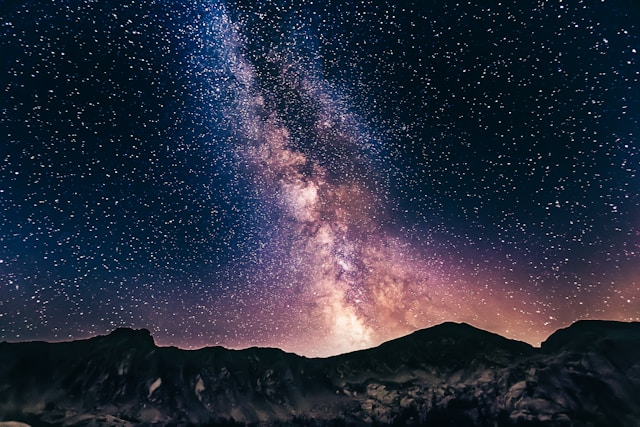
Okay, so what is this exciting field, really? Put simply, astrobiology is the scientific adventure exploring the beginnings, growth, spread, and future of life throughout the universe. And no, it’s not just about little green dudes; it’s way more complex and brings together a bunch of different sciences. Basically, picture biology bumping fists with astronomy, geology, and chemistry – it’s this amazing mix, all chasing the same big answers. An introduction to astrobiology and cosmic life shows you it digs into understanding what life needs to even get started (origin of life), hunting for spots beyond Earth that could support life, searching for clues of past or present extraterrestrial life (that’s exobiology for you), and figuring out how life might survive in conditions totally different from Earth. Pretty cool, right?
How Astrobiology Steers Our Spaceships: Fueling the Cosmic Journey
You know, that whole search for life out there? It’s actually a huge reason we push further into space. Astrobiology really shapes our space exploration goals. It helps scientists figure out the best places to look and what kind of missions we need to actually find signs of life, whether it’s alive now or was long ago.
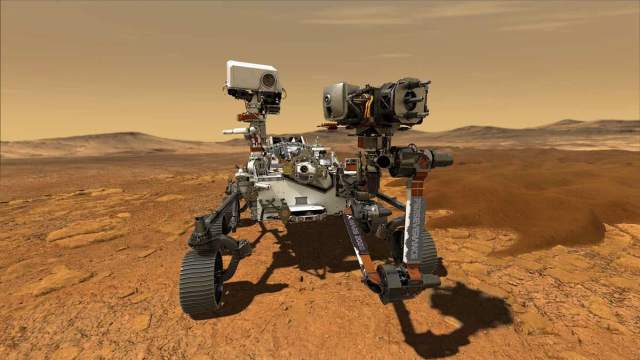
Think about those awesome pictures from Mars rovers like Curiosity and Perseverance. Those weren’t just sightseeing trips! They’re perfect case studies of astrobiology on Martian missions. Those rovers carried special tools specifically designed to sniff out signs of ancient microbes, check if Mars could have supported life back in the day, and even grab samples to maybe bring back home. That whole “follow the water” strategy, or the hunt for organic molecules? That comes straight from astrobiology 101 – focusing on what life as we know it needs. This involves some pretty smart space missions biology, making sure our gear is super sensitive and, importantly, that we don’t accidentally mess up another world with our own Earth germs. And hey, upcoming trips to icy moons like Jupiter’s Europa or Saturn’s Enceladus, which we think have massive oceans under their ice? Astrobiology is a huge motivator there, too, because who knows what we might find?
Spilling Cosmic Secrets: What We’ve Found So Far
Seriously, this century has already been wild for astrobiology, giving us some really juicy clues in the life hunt. Some of the major discoveries in astrobiology in the 21st century are pretty mind-blowing:
- We’ve confirmed thousands of exoplanets (that’s planets orbiting other stars). Turns out, solar systems seem to be pretty common out there!
- There’s more and more evidence pointing to liquid water on Mars (in the past, maybe even now?) and hidden inside those icy moons way out in the solar system.
- Scientists have found complex organic molecules – potential biomolecules in space – tucked away in meteorites, comets, and even floating in interstellar clouds. It kinda makes you think the basic building blocks for life could be scattered all over.
- And don’t forget about extremophiles and biology right here on Earth! We’ve found tiny critters thriving in places we used to think were totally unlivable – think boiling deep-sea vents, super acidic pools, or locked in Antarctic ice. Finding these guys totally broadens our horizons about where life could potentially hang out.
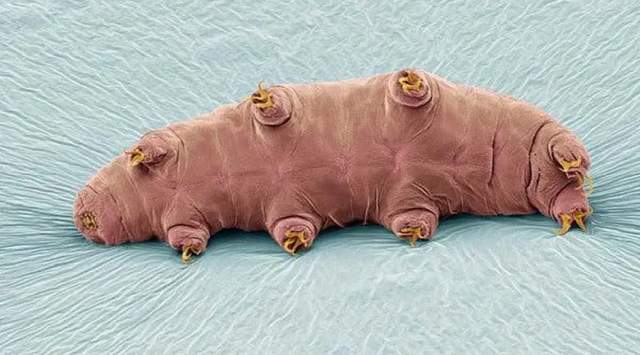
Discoveries like these keep changing the game, helping us figure out where and how we should be looking for life off Earth.
Looking Way Out There: Astrobiology and Exoplanets
Finding all those exoplanets totally shook up astronomy, and astrobiology is right there in the mix, playing a crucial role in understanding exoplanets and figuring out their potential for hosting life. We’ve gone from just counting these distant worlds to actually trying to get to know them.
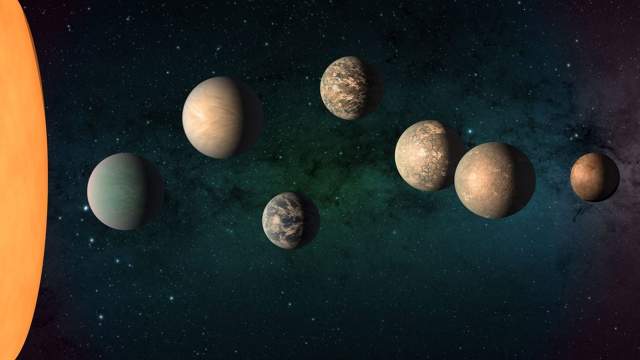
Astrobiology helps us nail down the habitability criteria – basically, the checklist for what a planet needs to maybe support life. Things like having liquid water, some kind of energy source, and the right chemical ingredients. Scientists use this list to zero in on planets in the “habitable zone” around their stars – that sweet spot where temperatures might allow liquid water on the surface. And get this: powerful tools like the James Webb Space Telescope (JWST) can now actually peek into the atmospheres of some exoplanets. They’re searching for biosignatures – stuff like oxygen or methane that could be a sign of life doing its thing. It’s where planetary science and biology really team up to hunt for potentially living worlds.
Changing How We Think: The Impact on Alien Life Theories
Let’s be honest, the idea of aliens is cool, but astrobiology gives us a solid, scientific way to think about extraterrestrial life. It helps move the whole conversation beyond just sci-fi speculation. The impact of astrobiology on alien life theories is pretty huge.
It gives us real data to feed into ideas like the Drake Equation (that calculation trying to guess how many chatty alien civilizations might be in our galaxy) and helps us puzzle over the Fermi Paradox (“If aliens are likely, where is everyone?”). While astrobiology mostly focuses on finding microbes or simpler life (because, statistically, that seems more probable), it also gives context to SETI (Search for Extraterrestrial Intelligence) and astrobiology efforts – the ones listening for possible radio signals or laser flashes from advanced aliens. By really understanding what it takes for life to pop up and evolve, we get a much better sense of the odds of finding any kind of life, simple or super smart.
The Gear We Need: Technology and Astrobiology’s Future
Okay, trying to find tiny life forms or their chemical fingerprints millions of miles away? That takes some seriously advanced equipment. Astrobiology and its implications for future technology are massive – it really pushes innovation across the board.
- Super powerful space telescopes (like Hubble and JWST) to spot and study exoplanets.
- Robotic explorers like the Perseverance rover, loaded with drills, cameras, and fancy analyzers (spectrometers) to check out planet surfaces up close.
- High-tech lab gear shrunk down for space travel – think tiny DNA sequencers or devices that can identify molecules (mass spectrometers) to detect organics and potential signs of life.
- Complex computer simulations to model how planets form, what their climates might be like, and whether life could survive under different scenarios.

Looking ahead, we’ll probably see even more sensitive tools, maybe even missions that can drill deep under Mars’ surface or send submarines into the oceans of those icy moons. Wild, right?
Want to Be an Astrobiologist? Getting Your Foot in the Door
Feeling inspired to join the search? Awesome! Because astrobiology pulls from so many fields, there isn’t just one single route in. Educational pathways for aspiring astrobiologists usually start with getting a solid science degree – maybe biology, chemistry, geology, astronomy, or physics.

After that, lots of universities now have special graduate programs or research groups focused on astrobiology. The typical astrobiology curriculum in higher education mixes things up, covering subjects like the origin of life, planetary science, astrochemistry, extremophiles and biology, plus the specific research techniques you’ll need. You’ll definitely need sharp analytical skills, a big dose of curiosity, and, importantly, you’ve got to be good at working with people from different science backgrounds.
The Tough Parts: Challenges in Astrobiology Research
This quest for life beyond Earth is thrilling, but let’s be real – it’s not easy. Researchers run into some pretty big challenges faced by astrobiologists in research:
- Figuring out if a potential sign of life (a biosignature) is the real deal or just something non-living that looks like it (a false positive). That’s a tricky one.
- Space is HUGE. The sheer distances make bringing samples back super difficult and observing things directly almost impossible sometimes.
- We have to be super careful not to contaminate other planets or moons with Earth microbes, and also protect Earth if we ever do bring something back (that’s called Planetary Protection).
- What if life out there is totally different from us? Like, based on completely different chemistry? Detecting that would be a whole other challenge.
- Getting the money! Funding opportunities for astrobiology research aren’t always easy to come by, especially for missions that take decades and cost a lot.
It Takes a Village (or Planet!): Community and Teamwork
Here’s the thing: Astrobiology has to be a team effort. No single expert or country has all the pieces to this puzzle. The whole field runs on sharing what we learn and working together across borders. Big astrobiology conferences and global networking events, like the Astrobiology Science Conference (AbSciCon), are where researchers gather to swap findings, brainstorm cool new ideas, and team up.
This collaboration between astrobiology and other sciences is absolutely key. You’ve got biologists comparing ancient Earth environments to other planets with help from geologists. Astronomers and chemists (astrochemistry) work together to decode the makeup of distant gas clouds and exoplanet air. And engineers? They’re the ones building the amazing spacecraft and instruments we need. It’s truly a worldwide, multi-talented effort.
Public Buzz and Keeping it Real
Let’s face it, the search for alien life grabs people’s attention like almost nothing else in science. Public perceptions and acceptance of astrobiology research are usually super positive, thanks to our natural curiosity and a little help from movies and books. But all that excitement means scientists have a big responsibility.
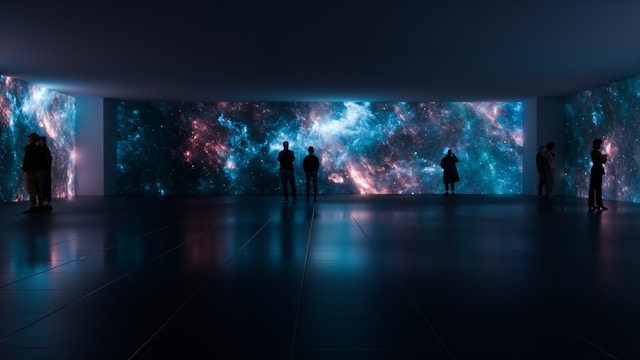
It’s really important to talk about discoveries clearly and honestly, manage expectations (we probably won’t find Klingons tomorrow!), and avoid hyping things up. Making the difference between possibilities, evidence, and actual proof crystal clear is vital, especially when you’re talking about something as huge as maybe finding life beyond Earth. Good, open communication keeps the public trusting and supporting this incredible scientific adventure.
The Search Goes On
Astrobiology has come a long way, fast. It’s gone from being kind of a niche idea to a super important and buzzing field of science. By blending knowledge from all sorts of areas, using amazing technology, and working together globally, astrobiologists are chipping away at one of our oldest, deepest questions. Whether we eventually pinpoint the origin of life right here or find solid proof of extraterrestrial life somewhere else, the journey of astrobiology is fundamentally changing how we see the universe and our little spot in it. The search definitely continues, and who knows? The next huge discovery could be just around the corner. What do you think we’ll find out there?
